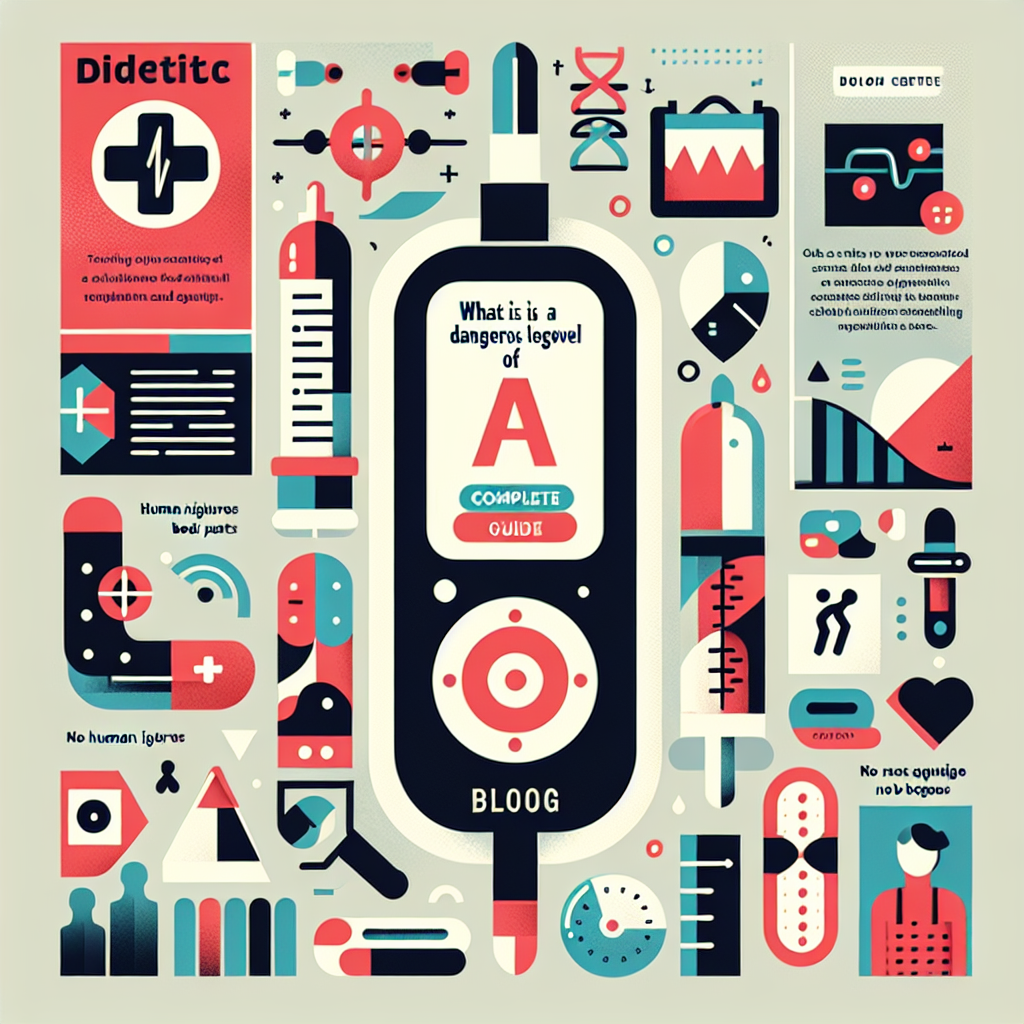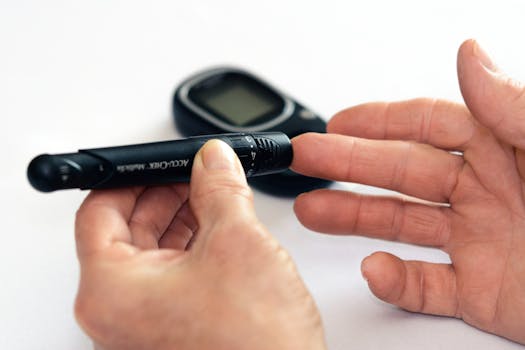Understanding your A1C is a key part of diabetes care and general health. If you’ve ever asked “what is a dangerous level of A1C,” you’re not alone — many people want to know when A1C results move from a routine measurement to a true health risk. This guide explains the diabetes numbers on the A1C test, why very high or very low values matter, and practical steps to discuss results with your clinician.
How dangerous is a high A1C level?
The A1C test reflects average blood glucose over roughly three months and is reported as a percentage. On the diabetes scale, an A1C below 5.7% is generally considered non diabetic A1c or normal A1C for non diabetic people, 5.7–6.4% signals prediabetes, and 6.5% or higher on two separate tests typically indicates diabetes. Dangerous levels depend on individual health and duration: chronic A1C consistently above 8%–9% raises risks for complications such as neuropathy, retinopathy, kidney disease, and cardiovascular problems.
Reading the diabetes numbers and A1C meaning
Think of the diabetes numbers as a risk map. The diabetes scale helps clinicians set treatment targets: for many adults with diabetes, an A1C goal near 7% reduces long-term complications, while older adults or those with other illnesses may have a higher personalized target. Some people see a1c high but glucose normal on fingerstick readings — this can happen if short-term glucose readings don’t capture the longer average that A1C measures, or due to lab variability, hemoglobin variants, or conditions that affect red blood cell lifespan.
When is an A1C dangerously low?
While much attention focuses on high A1C levels, questions like is low a1c dangerous deserve attention. A low A1C — often below about 4.0% — can indicate repeated hypoglycemia, aggressive glucose-lowering therapy, or uncommon medical conditions. Low a1c meaning varies: for people without diabetes, the lowest A1C is typically around 4.0%–4.5% depending on lab standards, but values much lower should prompt review. Frequent low blood sugar episodes are harmful and can cause falls, loss of consciousness, and cognitive effects.
Causes and considerations: non diabetic A1C vs. diabetic A1C
Non diabetic A1C values reflect normal glucose regulation; normal a1c for non diabetic individuals is usually under 5.7%. In contrast, people with diabetes may aim for higher or lower targets based on age, comorbidities, and hypoglycemia risk. Certain conditions — anemia, recent transfusion, kidney disease, or pregnancy — can skew A1C results, so clinicians sometimes use alternative measures or repeat testing.
If you experience a1c high but glucose normal (or the reverse), discuss timing of tests, lab methods, and any medications or medical conditions that might affect readings. Continuous glucose monitoring can add context by showing day-to-day patterns that A1C alone can’t reveal.
Testing frequency and managing risk
How often to test A1C depends on control and changes in therapy. Typical guidance suggests testing at least twice a year for stable patients and every three months when therapy changes or control is poor. Lifestyle changes — diet, physical activity, weight management — plus medication adjustments can bring dangerously high values down and reduce complication risks. For safe reductions, work with your healthcare team to avoid overshooting and causing low blood sugar.
For reliable background information about what A1C measures and official recommendations, see the CDC’s A1C test information: CDC A1C test information. For a broader overview of type 1 and type 2 care, you can read our more detailed guide here: Type 1 and Type 2 Diabetes: The Ultimate Guide for 2024.
When to seek immediate care
Very high A1C values rarely cause immediate symptoms, but if you have signs of hyperglycemia (extreme thirst, frequent urination, blurred vision) or symptoms of severe low blood sugar (sweating, trembling, confusion, loss of consciousness), seek urgent care. Persistent A1C elevations should prompt a structured plan to reduce long-term risk.
- Takeaways: Lowering A1C reduces long-term complications, but targets should be individualized.
- Takeaways: Extremely low A1C can be dangerous if driven by frequent hypoglycemia; discuss safe targets with your provider.
- Takeaways: If you see a1c high but glucose normal, consider testing timing, lab factors, and use continuous monitoring for clarity.
FAQ: How often should I test A1C?
Most people with stable control test A1C every six months; those with therapy changes or poor control usually test every three months. Your clinician will recommend a schedule based on your diabetes numbers and treatment plan.
FAQ: Can A1C be wrong?
A1C can be affected by conditions that change red blood cell turnover or hemoglobin structure, such as anemia or hemoglobin variants, and by recent transfusions. If results don’t match home glucose readings, providers may repeat tests, use alternate labs, or use other measures like fructosamine or continuous glucose monitoring for context.
FAQ: What is the safest target for older adults?
For older adults or those with multiple health issues, a higher A1C target may be safer to avoid hypoglycemia. Individualized goals balance complication prevention with quality of life; discuss personalized targets with your healthcare team.






